BBC drama This City Is Ours has won rave reviews for its ‘edge-of-your-seat’ portrayal of a fictional Liverpool crime family – but what is the true-life history that inspired it?
The series stars Sean Bean as kingpin Ronnie Phelan, whose decision to retire kicks off a war of succession between his loyal partner Michael (James Nelson-Joyce) and his eldest son Jamie (Jack McMullen).
While the events that follow are imaginary, they are a reminder of the very real power that organised crime gangs continue to exert over the city and the oversized role they play in the UK’s drugs trade.
Understanding how the underworld depicted in This City Is Ours came into being requires going back into the past when Liverpool was one of the world’s greatest ports.
The opening of the first ever commercial wet dock in 1715 led to a boom in maritime commerce, helped by Liverpool’s enviable position on the Atlantic trade route to Britain’s colonies in the Americas, West Africa and the Caribbean.
The profits from these enterprises, including the slave trade, built much of the handsome city centre we see today. But it would also lay the foundations for another trade that Liverpool would come to dominate – the trafficking of drugs.
Peter Walsh, author of Drug War: The Secret History, said it all began with one drug in particular, cannabis.
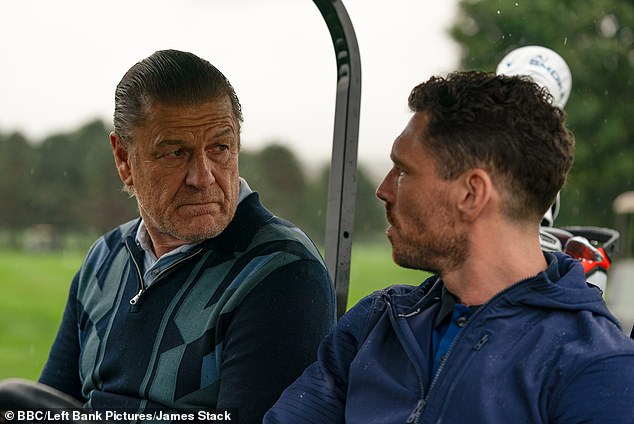
This City Is Ours stars Sean Bean as kingpin Ronnie Phelan, whose decision to retire kicks off a war of succession
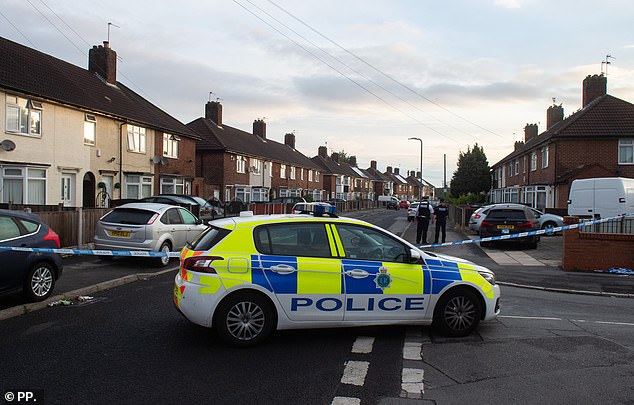
A general view of the road where nine-year-old schoolgirl Olivia Pratt-Korbel was shot dead after becoming the random victim of a gang dispute
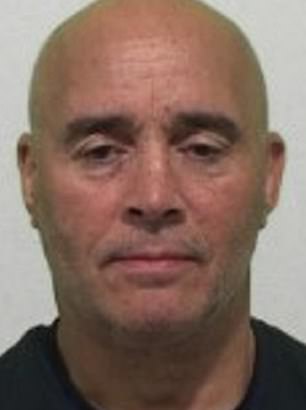
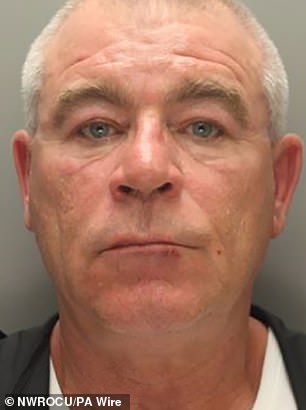
Curtis Warren (left) is one of the most notorious Liverpool gangsters of recent times, while Vincent Coggins (right) led the Huyton Firm
‘Liverpool was the key transatlantic port for the UK and became so at a time when Britain had the biggest empire in the world,’ he told MailOnline.
‘By coincidence, a lot of the countries that were part of the empire and with which we did a lot of maritime trade also turned out to be areas that became important in the cultivation of cannabis, such as the Caribbean, West Africa, East Asia and South America.
‘So it just so happened that at a time when cannabis consumption in the West was growing from the 1960s onwards, UK ports and Liverpool in particular had connections with areas where the cannabis was grown.
‘So you can see why Liverpool would become significant as a port of entry.’
Merseyside’s cannabis trade began to take off in the post-WWII period, as foreign seamen smuggled in small amounts to sell.
The local police would go on to establish their first drug unit in 1965 – just as the Beatles were enjoying their heyday.
However, it was rare for Liverpool’s native crime families to get involved with drug smuggling during this period, with most relying instead on armed robberies.
This finally changed in the 1970s with the arrival of a new generation of kingpins who were tempted by the huge profits on offer.
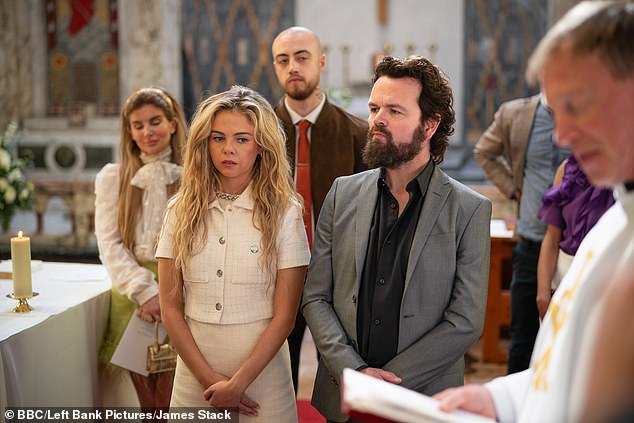
This City Is Ours tells the story of a Liverpool crime family and also stars Saoirse-Monica Jackson and Stephen Waters
They include Tommy ‘Tacker’ Comerford, a former bank robber who is considered one of the first Liverpudlian gangsters to establish an international drug smuggling network in the form of the ‘Liverpool Mafia’ in the late 1970s.
According to Mr Walsh, it was during this decade that Liverpool’s gangs began to dominate the importation of drugs into Britain.
‘Organised crime gangs – although that phrase wasn’t used at the time – started to take hold of the cannabis trade in the late 70s and were able to corrupt people who worked on the docks, and sometimes also the local police,’ he said.
‘They established a preeminent position in the importation of cannabis and supply through the rest of the country.
‘Another factor was the decline of Liverpool’s economy from the later 1960s onwards and the rise of unemployment.
‘That created a pool of fairly desperate young people who saw crime as an opportunity – which maybe they would not have done had they been employed. That provided a ready pool of labour for drug gangs.’
Poverty and unemployment also made Liverpool particularly vulnerable to the arrival of a far more potent drug, heroin – as Mr Walsh explains.
‘Liverpool developed a serious heroin problem in the early 80s before anywhere else in the UK.
‘That meant there was a market for heroin in Liverpool that there wasn’t in other cities until some time later. As a result, there were customers for smugglers to sell to.’
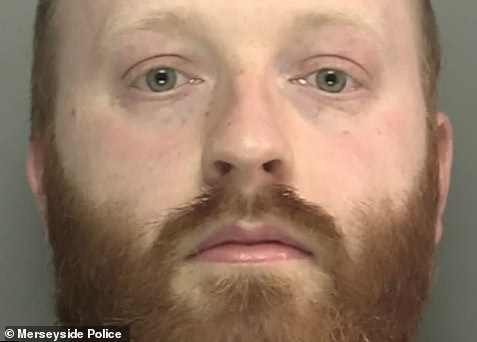
Daniel Dunne was jailed last week over a £1million pile of drug money that was found at his house after he was stopped by police
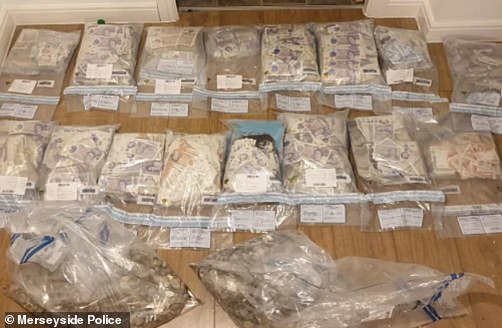
The stash of money that was uncovered by officers after they stopped the 28-year-old for not wearing a seatbelt
Party drugs like cocaine and ecstasy were also growing in popularity in this period thanks to demand from ravers looking for a ‘hit’ to get them through the night.
This was an opportunity seized with particular vigour by Curtis ‘Cocky’ Warren, who would emerge as Liverpool’s top cocaine importer thanks to his decision to forge links with Colombia’s Cali Cartel.
Warren would go on to flood Europe with drugs and gain an estimated fortune of £300million, together with an appearance in the Sunday Times Rich List.
His jailing in 1996 left a power vacuum that would soon be filled by the Huyton Firm, led by brothers Vincent and Francis Coggins, which the National Crime Agency considers to be ‘in the upper tiers of organised crime in the UK’.
According to Mr Walsh, Merseyside gangsters have been able to leverage expertise built up in the early decades of cannabis smuggling to play a prominent role in the UK’s cocaine trade.
‘They developed an expertise in smuggling and created connections throughout the country due to the cannabis trade that they were able to use to achieve preeminence in the trafficking of cocaine too,’ he said.
‘During the 1990s, the growth of Liverpool Airport and budget airlines made it very easy to get to the Netherlands, which had become a key hub for the international drug trafficking, as well as southern Spain where a lot of cocaine deals were done too.
‘So the Scouse gangsters had the connections at both ends – buying and selling – and exploited them better than anyone else did and have continued to this day.’
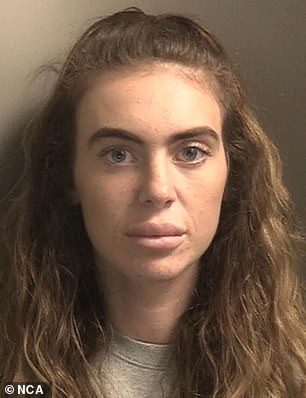
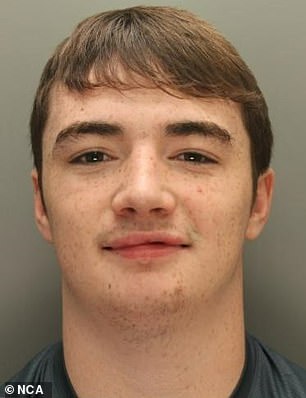
Sian Banks, 25, and Eddie Burton, 23, were recently exposed as the shockingly young couple behind a £20million drug smuggling operation
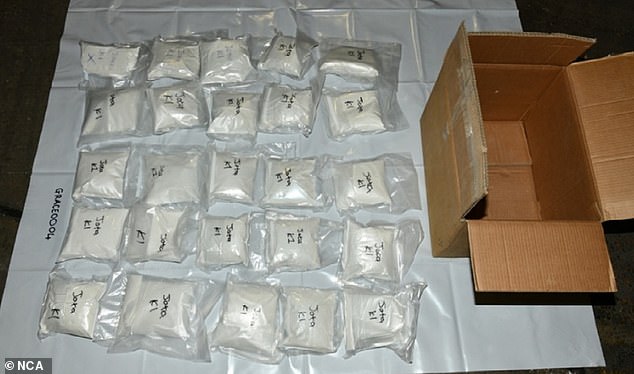
Burton, who like Banks is from Liverpool, pleaded guilty to four charges of importing Class A and B drugs
A focus of This City Is Ours is the smuggling of cocaine through the Port of Liverpool, with the drama opening with a shipment going missing after arriving from Colombia.
While drugs continue to be smuggled through the port, Mr Walsh believes gangs in the city are more heavily involved in distribution rather than importation – developing a reputation as ‘logistics specialists’.
‘Liverpool gangs have turned themselves into mobile middlemen who specialise in logistics,’ he said.
‘There are still seizures at Liverpool port, which is where this series begins. But generally the drugs don’t come through Liverpool itself.’
Despite the best efforts of police, drug smuggling remains business for the Liverpool criminals of today.
This was shown by the recent jailing of young Liverpool couple Eddie Burton, 23, and Sian Banks, 25, for overseeing a £20million drug smuggling operation that brought hundreds of kilos of heroin, cocaine, and ketamine concealed in lorries from Europe to the UK.
Another gang, based on the Wirral, were handed a combined 44 years in prison at the end of January for using the Royal Mail‘s postal service to send £2.7million of MDMA, ecstasy, cocaine, magic mushrooms, LSD and ketamine around the country.
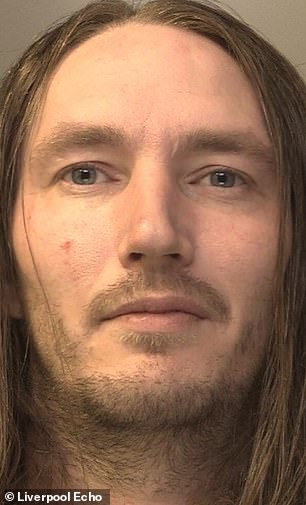
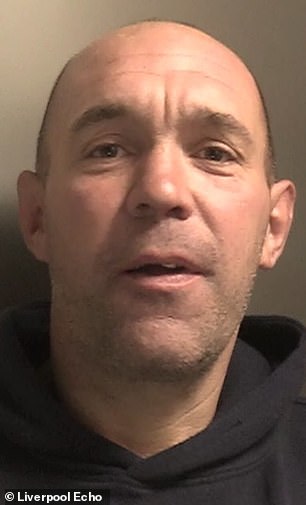
Another gang, based on the Wirral, used Royal Mail to send £2.7million of MDMA. Pictured are gang members Benjamin Crane, 35, and Bradley Gene Grey, 43
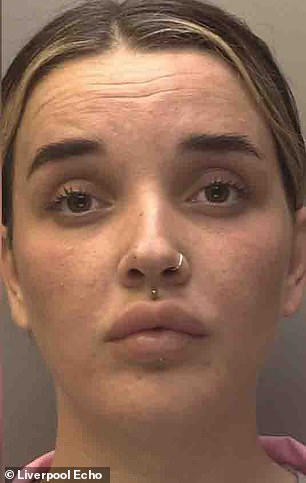

Abbey Crane,24, was sentenced to nine years in prison after she was found guilty after trial, while Kylie Collins, 36, was handed six years
The group, who included step-siblings Benjamin Crane, 35, and Abbey Crane, 24, stored their drugs in a Birkenhead storage unit, before shipping orders from a post office in a local convenience store.
And just last week, 28-year-old Daniel Dunne was jailed over a £1million pile of drug money that was found at his house after he was stopped by police for not wearing a seatbelt.
So long as millions of Brits continue to use illegal drugs, Liverpool’s drug gangs will continue to make healthy profits – with all the suffering that inevitably causes for ordinary Scousers.
As such, don’t expect the vicious, blood-soaked world depicted in This City is Ours to end anytime soon.






